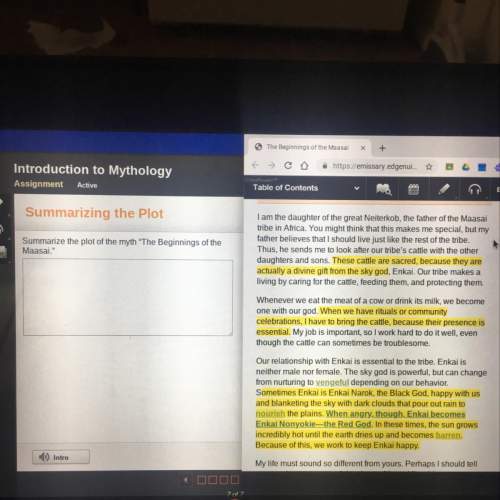
The world has an enduring love affair with America's national parks. Conceived nearly 100 years ago, national parks connect us with our shared heritage and tell our nation's stories. Who among us has stared into the deep blue caldera of Crater Lake, looked up at Half Dome as the special time of winter approaches in the Yosemite Valley, or witnessed the spectacular October fall colors of red maples, oaks and hickories in the forests of the Great Smoky Mountains and not been overcome by the incredible, almost magical grandeur that has been preserved for us and future generations?
Collectively, our national parks, monuments, seashores, recreation areas, historic sites, military parks, battlefields and heritage areas represent the very best our nation has to offer. Along with their intrepid and iconic Park Rangers, they embody the true spirit of our country, bringing our nation's history to life.
In addition to being stunning and educational, national parks are immensely affordable destinations for American families and are top U. S. tourist attractions. Each year, nearly 300 million people visit one or more of America's 401 national parks, ranging from educational Civil War battlefields to awe-inspiring places like Yellowstone, Acadia National Park and the Grand Canyon. These park visitors are a significant component of the U. S. tourism economy. They stay in nearby hotels, rent cars, dine at local restaurants, buy at retail shops and visit other neighboring attractions, generating more than $30 billion in spending and supporting a quarter-million jobs. National parks are clearly a winning economic scenario for visitors, the economies of nearby towns and communities and ultimately our nation.
But now, these prolific economic engines are at risk. Over the last decade, national park budgets have seen a steady decline in funding, and currently suffer from an annual operations shortfall of more than $500 million. The National Park Service budget for construction and maintenance is only half of the amount necessary to maintain park sewer systems, roofs, foundations and road surfaces.
The sequester1 cut another $153 million to national park budgets. Before Congress left for recess, each chamber shared a funding proposal with completely opposite visions for our national parks: one that cuts even deeper, affecting rangers, visitor centers and campgrounds, and another that would get our parks on the road to recovery. Through the across-the-board sequester cuts, parks have fewer rangers to protect and maintain historic sites and greet visitors, minimized visitor center hours, closed campgrounds, restrooms and picnic areas and reduced road and trail maintenance that is essential for park accessibility and enjoyment.
There is an irony to all this, because national parks are one of the best investments this country has ever made. In addition to supporting the U. S. travel and tourism industry, which is a cornerstone of the U. S. economy that represents $1.8 trillion in economic output and supports 14 million American jobs, every dollar invested in the National Park Service generates $10 in economic activity. National parks are veritable economic engines critical to supporting the livelihood of businesses and communities across the country.
Last year, President Obama called for a national travel and tourism strategy to make the United States the world's top travel and tourism destination, as part of a comprehensive effort to spur job creation. The White House released the strategy just over a year ago—an important step that officially elevates the travel and tourism industry to what it should be: a national priority. It also recognizes the industry for its fundamental contribution to our economy, national security and public diplomacy.
Our national parks can play an important role in making the U. S. a top travel destination. As the National Park System approaches its centennial in 2016, there should be a robust national park centennial initiative to help attract international visitors and provide needed support for our national parks to flourish into the next century.

Answers: 1


Other questions on the subject: English

English, 21.06.2019 20:30, Adeenieweenie
According to stephen hawking in the "origin of the universe" lecture, "why are we here" and "where did we come from" are questions that
Answers: 2


English, 22.06.2019 04:20, friezaforceelite
Define the followings summary main idea paragraph i need a answers right now
Answers: 1

English, 22.06.2019 07:00, joelpimentel
When they reached the door of the lonely house and stopped to unlock it, and the cat came to purr loudly, and rub against them, a deserted p***y, indeed, but fat with young robins, sylvia whispered that this was a beautiful place to live in, and she never should wish to go home. the description of the house in this excerpt gives an example of
Answers: 2
You know the right answer?
The world has an enduring love affair with America's national parks. Conceived nearly 100 years ago,...
Questions in other subjects:

Social Studies, 30.06.2019 20:40


History, 30.06.2019 20:40


Mathematics, 30.06.2019 20:40

Mathematics, 30.06.2019 20:40


Mathematics, 30.06.2019 20:40

Mathematics, 30.06.2019 20:40

History, 30.06.2019 20:40




